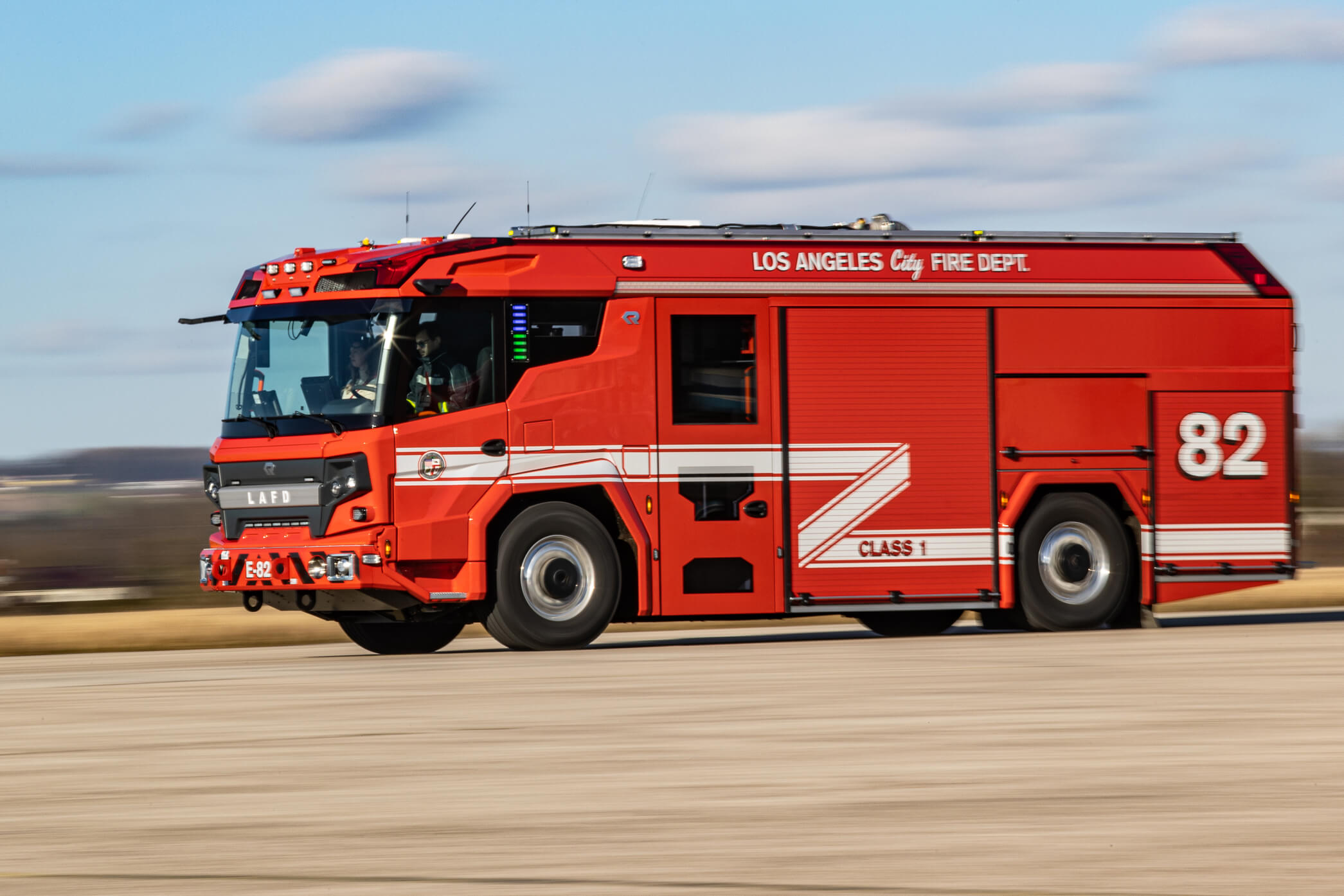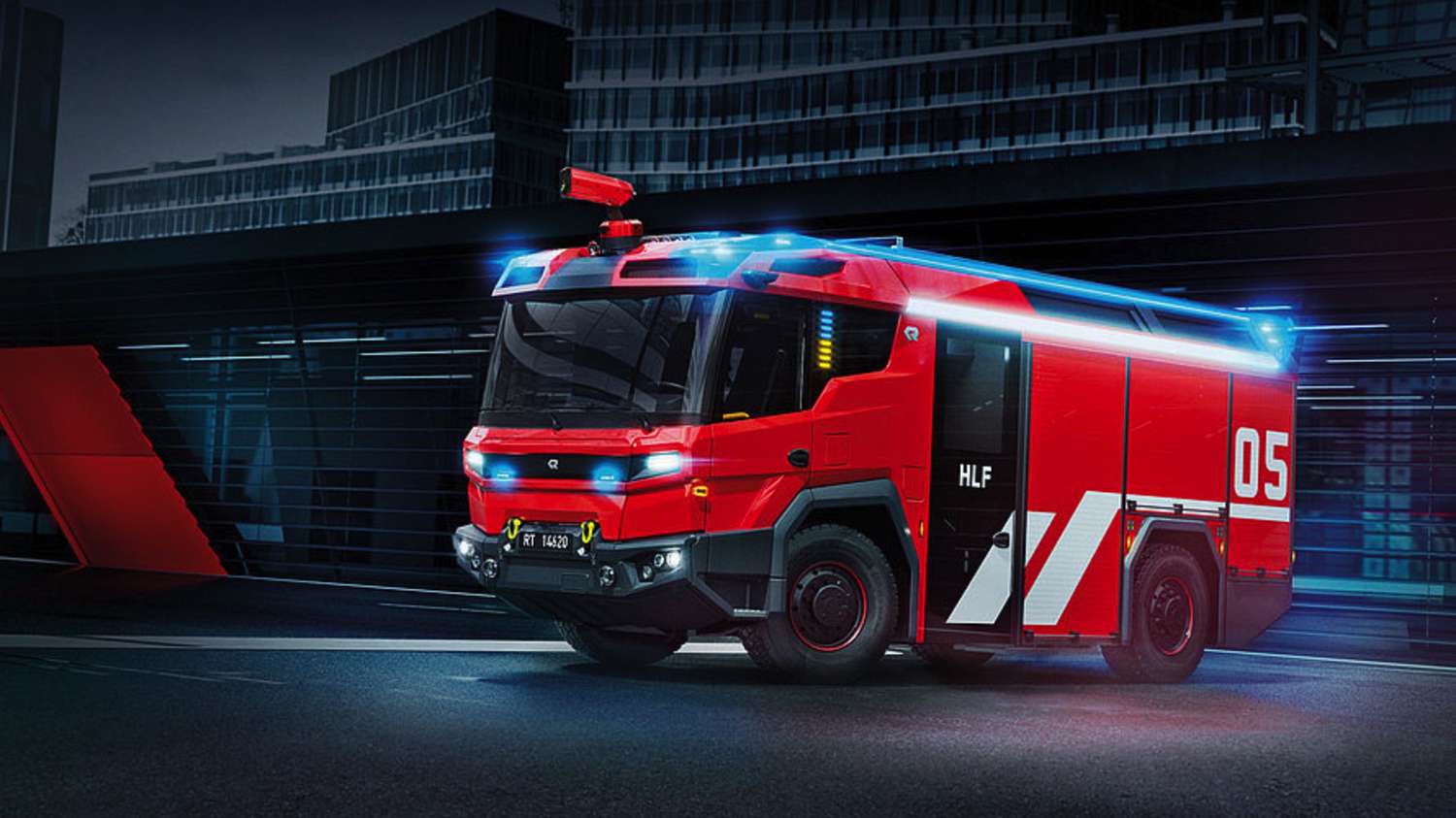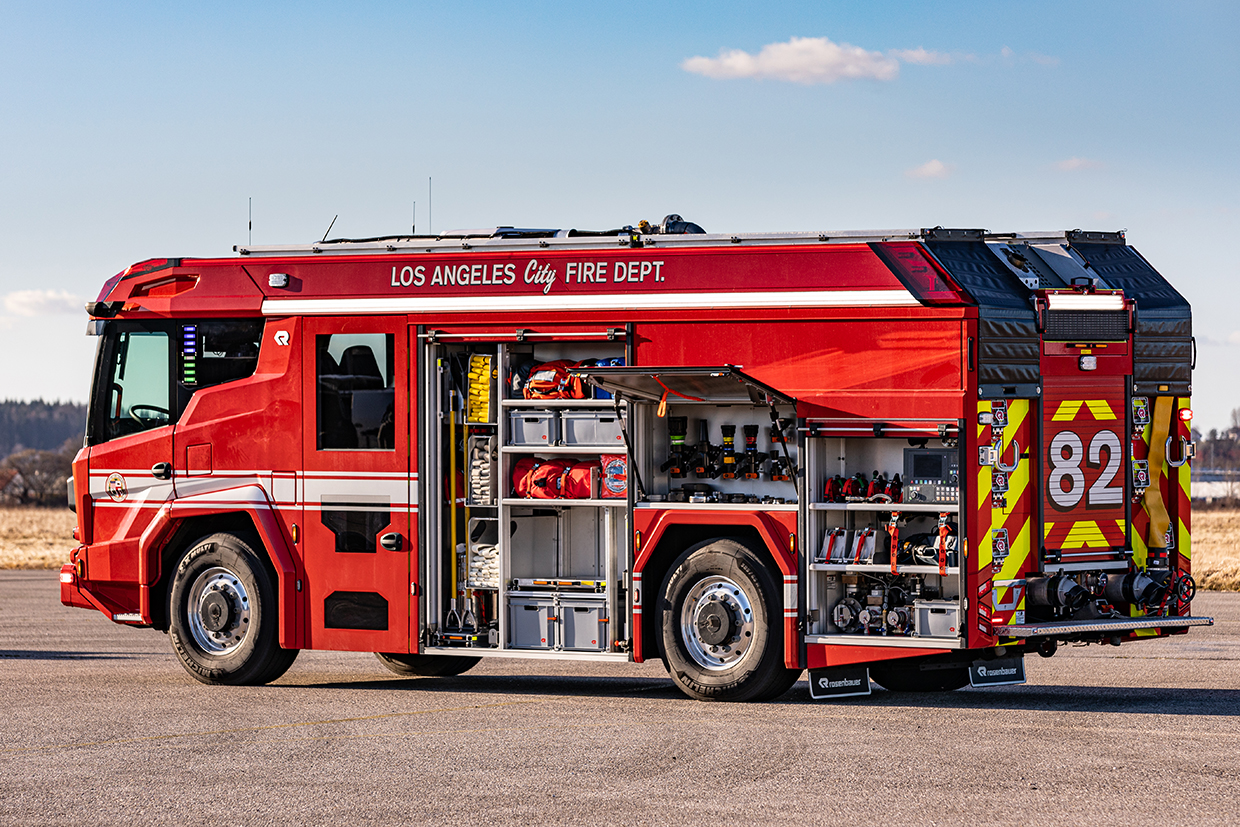


Electric fire truck is a cutting-edge emergency vehicle powered entirely by rechargeable battery systems instead of conventional diesel engines. This zero emission apparatus integrates high-capacity lithium-ion batteries with specialized thermal management systems to ensure stable power output during prolonged rescue operations.
The evolution of electric fire trucks over the next decade will be driven by technological innovation, sustainability mandates, and advancements in emergency response infrastructure. Here's an overview of key trends likely to shape their development:

Battery Technology Breakthroughs:
Solid-state batteries and improved energy density will enable electric fire trucks to achieve longer operational ranges (300–500 km per charge) while supporting high-power demands for water pumps, aerial ladders, and onboard systems.
Integration of Renewable Energy:
Fire stations will adopt solar panels and energy storage systems to power electric fire trucks sustainably. Vehicle-to-grid (V2G) capabilities may allow trucks to supply surplus energy back to grids during non-emergency periods, enhancing grid resilience.
Autonomous and AI-Driven Features:
AI-powered systems will optimize route planning, real-time hazard analysis, and equipment deployment. Autonomous functionalities, such as self-positioning at disaster sites, will improve response efficiency and crew safety.
Lightweight and Modular Design:
Advanced materials like carbon-fiber composites will reduce vehicle weight, compensating for battery mass. Modular designs will allow customization for urban, wildland, or industrial fire scenarios, ensuring versatility.
Regulatory Push and Funding:
Governments globally will enforce stricter emission regulations, phasing out diesel-powered fleets. Subsidies, tax incentives, and grants (e.g., EU’s Green Deal, U.S. Inflation Reduction Act) will accelerate municipal adoption.
Enhanced Firefighting Capabilities:
Electric drivetrains enable silent operation, improving communication during nighttime or urban rescues. High-voltage systems will power advanced tools like drones for aerial surveillance and thermal imaging.
Infrastructure Expansion:
Dedicated charging networks for emergency vehicles will emerge, prioritizing rapid charging near fire stations and disaster-prone areas. Battery-swapping stations may offer an alternative for prolonged missions.
Cost Competitiveness:
Declining battery prices and lower maintenance costs (fewer moving parts vs. diesel engines) will make electric fire trucks economically viable by 2030, with total ownership costs matching or undercutting traditional models.
Global Market Growth:
Asia-Pacific and Europe will lead adoption due to urbanization and aggressive decarbonization policies. Companies like Rosenbauer, Volvo, and REV Group will dominate R&D, while startups may introduce niche innovations

Challenges & Mitigation:
Range anxiety and initial costs remain hurdles, but hybrid-electric transition models and public-private partnerships will bridge gaps. Standardized safety protocols for high-voltage systems and training programs for firefighters will ensure seamless integration.
You may be interested in the following information